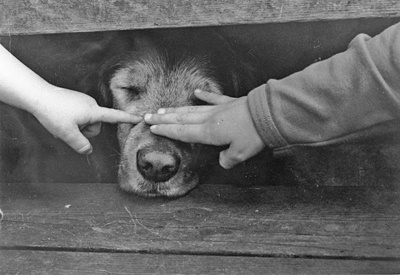All Nonfiction
- Bullying
- Books
- Academic
- Author Interviews
- Celebrity interviews
- College Articles
- College Essays
- Educator of the Year
- Heroes
- Interviews
- Memoir
- Personal Experience
- Sports
- Travel & Culture
All Opinions
- Bullying
- Current Events / Politics
- Discrimination
- Drugs / Alcohol / Smoking
- Entertainment / Celebrities
- Environment
- Love / Relationships
- Movies / Music / TV
- Pop Culture / Trends
- School / College
- Social Issues / Civics
- Spirituality / Religion
- Sports / Hobbies
All Hot Topics
- Bullying
- Community Service
- Environment
- Health
- Letters to the Editor
- Pride & Prejudice
- What Matters
- Back
Summer Guide
- Program Links
- Program Reviews
- Back
College Guide
- College Links
- College Reviews
- College Essays
- College Articles
- Back
Scientific Animal Experiments
Right now, millions of mice, rats, rabbits, monkeys, cats, dogs, and other animals are locked inside cold, empty cages in labs across the country. They are in pain, ache with loneliness, and long to roam free and use their minds. Instead, all they can do is sit and wait in fear of the next terrifying and painful procedure that will be performed on them.
The first public outcry over animal testing was in the 1960’s after an issue in Sports Illustrated told about a farmer’s Dalmatian, Pepper, who was kidnapped and sold into experimentation. Pepper died after researchers attempted to implant a cardiac pacemaker in her body.
Research on animals has been practiced since 500 BC. Tests in use today are cheaper, faster, and more accurate at predicting human reactions to a product than the old animal tests ever were. Many researchers still insist animal testing is the best way.
The United States is one of the only countries that doesn’t have laws against animal testing. Europe and many Asian countries have strict laws against it and won’t even let animal tested products be imported into the country. In America there are billboards picturing an animal and a child saying “Who would you rather see live?”
Animal experimentation is cruel, inhumane, and unnecessary. There are other accurate ways to test new products.
As hard as it is to believe, animal experiments for cosmetics continue even though non-animal tests are widely available. Instead of measuring how long it takes a chemical to burn away the cornea of a rabbit’s eye, manufacturers can now drop that chemical onto cornea-like 3-D tissue structures produced from human cells. The Draize test for irritancy is where animals have their skin taken off by having tape stuck to their body and pulled off. They take several layers off then test the product on their skin.
A new test has petri dishes with cell cultures, this produces more accurate results because actual human cells are used. Many researches refuse to use this cheaper, faster, and more accurate method.
An estimated 26 million animals are used in the United States every year for scientific and commercial testing. The United States and Gabon are the only two countries that still use chimpanzees for animal testing. The 1950’s pill thalidomide caused 10,000 babies to be born with deformities. This product was tested on animals before it was released but showed no problems. They went back to test pregnant rats to see if it caused deformities. The results did not show deformities unless administered at extremely high doses. Animal tests on the arthritis test Vioxx showed no problems but went on to cause 27,000 heart attacks and cardiac deaths before being pulled from the market.
According to a poll, 52 percent of voters said they feel safer using a product that was tested using non-animal methods, while 18 percent said they feel safer using products tested on animals. In the United States they use animals in the army. They use anesthetized goats and pigs with gunshot wounds, burns, and amputations for the training of military medics.
PETA, People for the Ethical Treatment of Animals, focuses its attention on the four areas in which the largest numbers of animals suffer the most intensely for the longest periods of time: on factory farms, in the clothing trade, in laboratories, and in the entertainment industry. We also work on a variety of other issues, including the cruel killing of beavers, birds, and other “pests” as well as cruelty to domesticated animals. PETA works through public education, cruelty investigations, research, animal rescue, legislation, special events, celebrity involvement, and protest campaigns. PETA also has a list of brands you can use that are vegan or don’t use any animal products.
Although many companies still insist on using animal experimentation simply because they have always done it that way, there are more accurate, more humane, and cheaper ways to experiment today. Twenty- six million animals die each year from animal experimentation and the United States is one of the only countries that still kills animals purely because they can. The United States is technology and scientifically advanced, don’t you think they would use the most accurate and humane way of testing that they could?
The best way to stop companies from using animals is to refuse to use their products, and write them to tell them why you won’t be applying their eye shadow, cleaning your clothes with their detergent, or washing your hair with their shampoo.

Similar Articles
JOIN THE DISCUSSION
This article has 0 comments.
